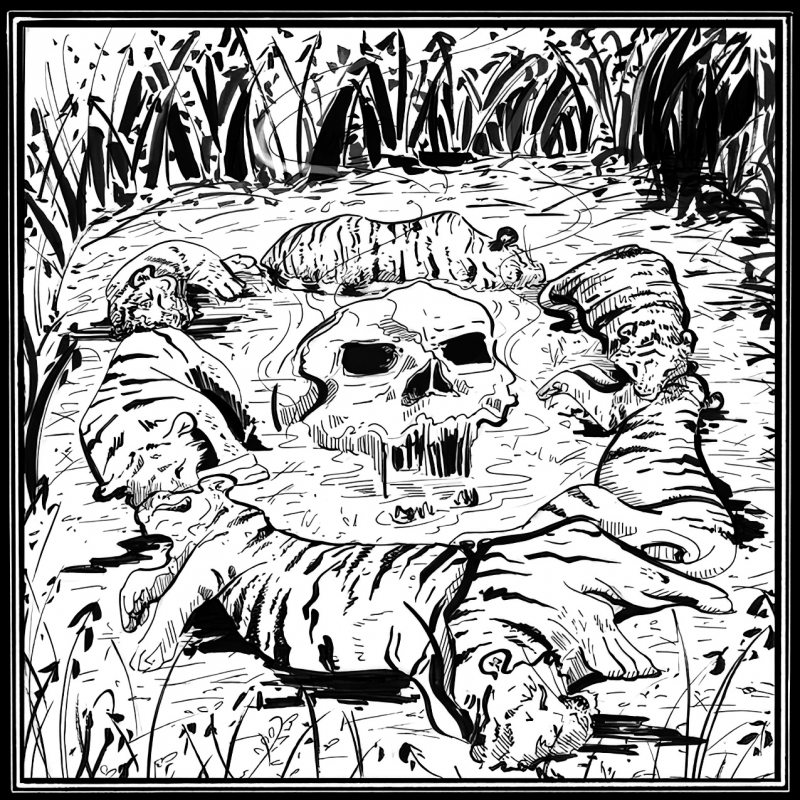А у тебя, Странник, какая группа крови? Тут интересовалась одна милая особа. Трехсот тринадцати лет отроду.
Bestiary.us
энциклопедия вымышленных существБыстрый переход
- Бестиарий Сапковского Бестиарий книг Анджея Сапковского о ведьмаке, волшебные существа и расы мира Геральта.
- Мир Гарри Поттера Вымышленный мир, в котором происходит действие серии романов о юном волшебнике Гарри Поттере. Действие происходит в нашем мире, в Англии, в 1990-х годах. В отличие от реального мира, среди обычных людей (маглов) живут волшебники (маги), обладающие способностью к использованию магии.
- Средиземье Средизе́мье (англ. Middle-earth, буквально Среди́нная земля́, также существуют варианты перевода Среднеземье, Средьземелье) — одна из первых и самых известных фэнтези-вселенных. Оно является местом действия основных произведений Дж.Р.Р.Толкина, а также «вольных продолжений» других авторов.


